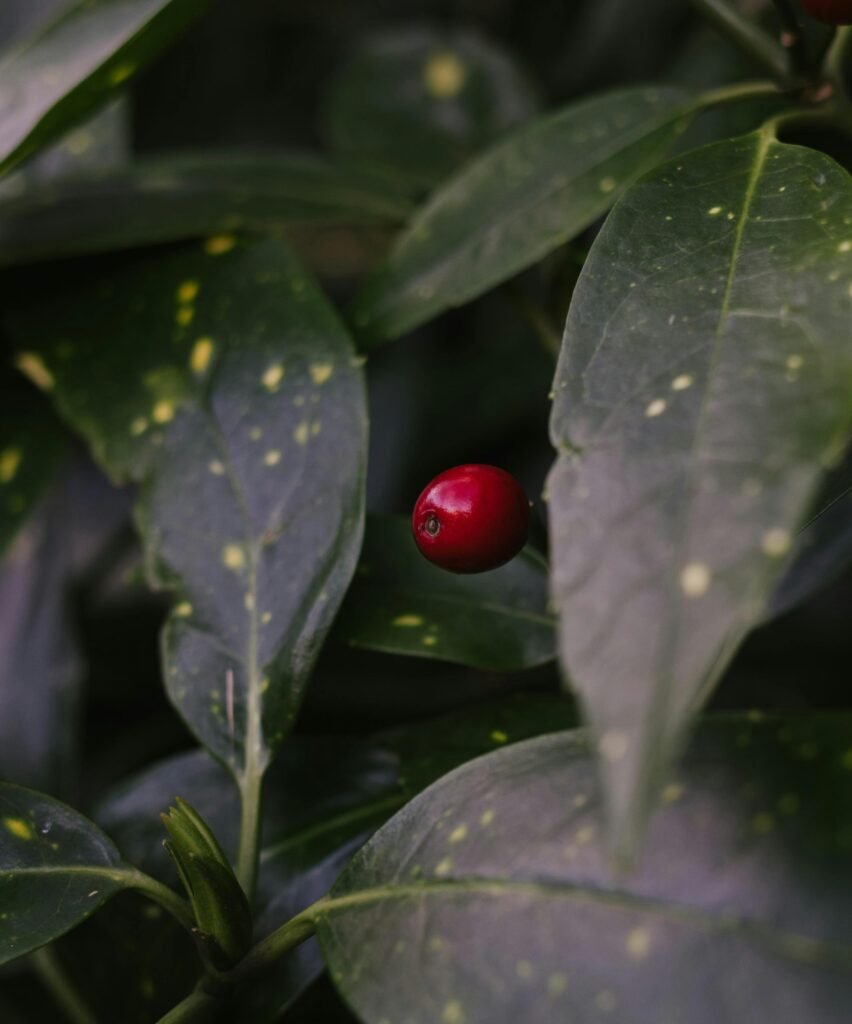Processing and Benefits of Using Psyllium Seed

Processing and Benefits of Using Psyllium Seed
Psyllium is a tried and proven natural remedy with numerous healthy properties for different health complaints.
Psyllium has been used for centuries in folk medicine, Ayurvedic and traditional Chinese medicine.
It is produced in large scale in countries such as India, USA, Germany, UK, France, Canada, Australia, Indonesia, Gulf of Pakistan, etch
India has been the largest producer of Psyllium for years and still dominating with over 70% world production and export, according to Health ally.
However, the US is the country that most cherished the use of Psyllium since they import the produce more than any country in the world.
Processing of the Psyllium Seed
Psyllium seeds are mechanically broken and the cups are separated by means of air separation (by a fan) of the heavier constituents of the seeds; the lighter seeds shell stay behind.
In the trade, psyllium as a whole or kibbled seeds, psyllium peelings, psyllium shell powder, and different combination preparations are available, so the desired product is available for each application.
Psyllium capsules contain usually the shells ground into a fine powder, the Indian
Plantago ovata.
Psyllium and psyllium peelings fade, only slightly sweet taste and are caused by the swelling slimy.
If you don’t like this mild flavour or the slimy consistency, you can draw on the flavourless capsules.
Psyllium Uses and Benefits
Psyllium extracts can either be consumed swollen, in liquid or spread via the breakfast cereal or soup.
They are very popular, has ingredients used in bread baking in particular in celiac patients.
The powder can also be used with various liquid, water, juice or soups, Chatty opined.
To generally creep up, start with the treatment by leaving sources to one teaspoon of psyllium (corresponding to about 5 grams of seeds) 100 to 250 mL of water and then drink.
Immediately, you should consume 1-2 glass of water. The daily dose can be increased gradually to 10 to 40 grams of Psyllium according to the individual and personal needs, Chatty advised.
The daily dose is lowered accordingly when using psyllium peelings due to the much higher source assets.
The daily dose should be from 4 up to 20 grams maximum. Therefore, one should be careful and may consult the physician or practitioner for the appropriate dosage.
It should be noted that, Since the seeds swell a lot, the daily drinking amount must be adjusted.
It also has to regulate effect on various complaints of the gastrointestinal tract, and can positively impact the four factors of the metabolic syndrome: lowering cholesterol and blood sugar levels, blood pressure and obesity.
Psyllium can be used over a longer period. Side effects are rare and really hard to worry about the application, according to Healthpally.
They are low calorie, gluten-free and nearly tasteless. Several psyllium products are available in health stores.
The buyer has the choice between some European species of Plantago psyllium such as Plantago Afra, Plantago psyllium and the Indian psyllium seed of Plantago ovata.
Psyllium seeds can be mixed in liquid and swollen before taken. The actual active ingredient of psyllium is mucilage which can help to regulate the consistency of the stool.
If you’re buying psyllium products, you should pay attention to certified organic products.
They will be free of unwanted impurities and always constant quality. To correct taking note, also the dosage instructions on the product package.
Active ingredients in psyllium and psyllium peelings
First and foremost, Psyllium mucilage is responsible for health promotion.
Plant ago afro contains approximately 10-12% mucilage. This mucilage is localised in the epidermis of the shell and contains the monosaccharides Xylose and Arabinose as main components, as well as the lesser amount the monosaccharide Rhamnose and the fibre Galacturonic.
Rhamnose and Galacturonic occur in the side chains. The seeds themselves contain also fatty oil, Hemicellulose (polysaccharides), proteins, small amounts of Iridoidglykoside (such as Aucubin), phenyl propane derivatives (Isoacteosid, Acteosid), flavonoids (including Plantaovasid) and alkaloids the Boschniakin type.
The Indian psyllium (Plantago ovata) contains 20-30% mucilage.
These consist of a widely branched Arabinoxylan (Hemicellulose), has tied Galacturonic.
The seeds themselves contain a fatty oil that is rich in oil and linoleic acid, as well as proteins and small amounts of Acteosid, Triterpenes, Monoterpene alkaloids and approximately 0.21% Aucubin.
In the presence of liquid, the gums swell up and formed the seeds around a slime layer.
The whole seeds are able to bind at least ten times its own weight in liquid.
The seed shells can absorb even more than the forty-fold their own weight in liquid (source number > 40).
100 grams of psyllium contains approximately 1.73 grams of carbohydrates, 0.55 grams fat, 84 grams of fiber, 2.38 grams of protein and only 90KJ/21Kcal.
Visit for more: timebuissnesnews.com






